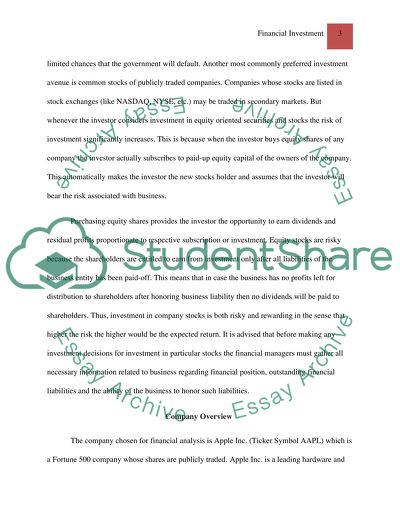Cite this document
(“Financial Investment Research Paper Example | Topics and Well Written Essays - 3000 words”, n.d.)
Retrieved from https://studentshare.org/finance-accounting/1495542-financial-investment
Retrieved from https://studentshare.org/finance-accounting/1495542-financial-investment
(Financial Investment Research Paper Example | Topics and Well Written Essays - 3000 Words)
https://studentshare.org/finance-accounting/1495542-financial-investment.
https://studentshare.org/finance-accounting/1495542-financial-investment.
“Financial Investment Research Paper Example | Topics and Well Written Essays - 3000 Words”, n.d. https://studentshare.org/finance-accounting/1495542-financial-investment.


